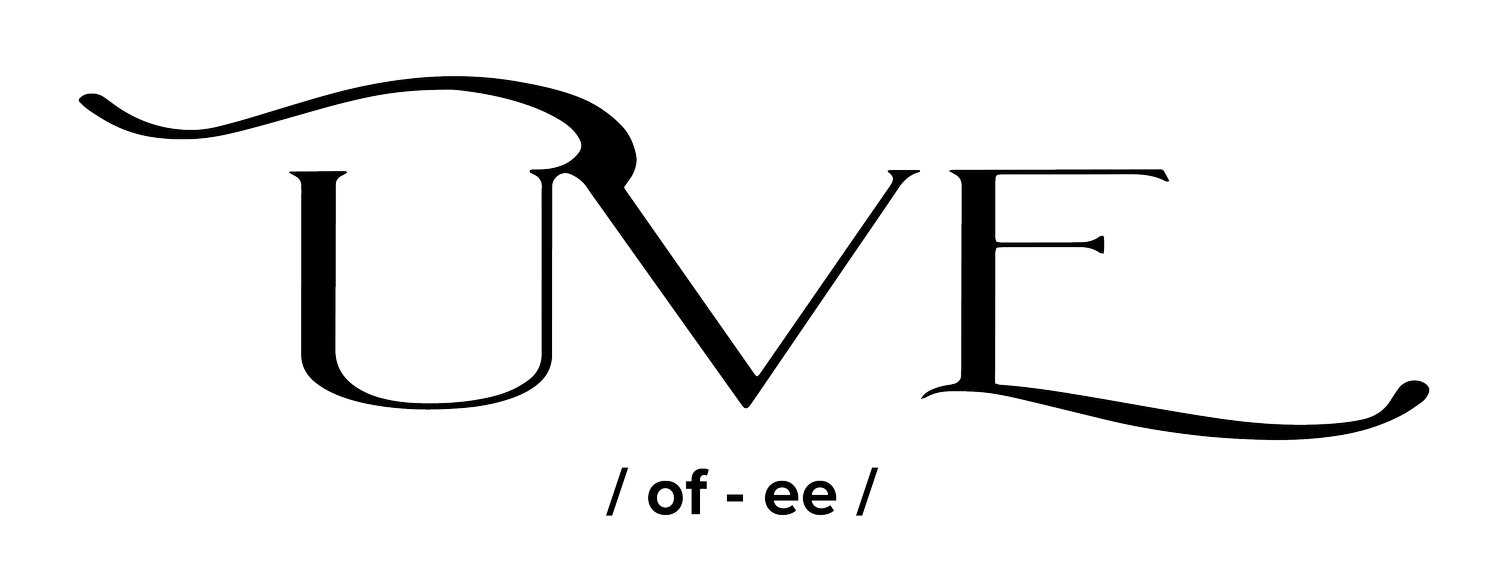Beneath the Surface: The Deep Work That Makes Regenerative Land-Based Life Possible
By Abbey Kingdon & Caity Roberts
“Hey, Beth, that's good fu*&^% work. I swear to God, you guys do so many good things for this dysfunctional ass fu*&&% family. I gotta thank you guys.”
That’s what a rancher from Chiloquin, Oregon we work with, said to us not long ago. We took it as high praise.
Because when you’re doing the kind of work we do—sitting in the messy middle of inherited wounds, operating family ranches and land-based enterprises through multi-generational stories, trauma, and pressure-cooked change—that is the feedback that sticks. That kind of raw, grateful honesty only comes after people have sat in Circle, stayed in the fire, and chosen to lean in, rather than walk away.
Last year, we wrote about the idea of Harmony Under All Conditions—that if we want to move from disconnection to relationship, from fear to trust, we have to be willing to do the deep, often invisible work that makes that possible. Read that article here.
What we’ve learned since then, through a year of apprenticeship with Jessie Kushner of Collective Voices and dozens of hours in Circle with families, teams, and communities, is this:
Holistic Management is only as effective as the people practicing it are whole.
And wholeness isn’t a checklist. It’s a process.
Counterclockwise from the top: Caity, Jessie, & Abbey during a break while doing Circle Work.
Above Ground vs.
Below Ground Work
You can chart out the best grazing plan, use every nRhythm design principle, and build the most structurally regenerative organization out there—but if the relationships under the surface are weak, the whole thing falls apart at the first sign of stress.
We’ve seen it happen. Teams design beautifully. Families make heartfelt plans. Then they take the first step and boom—old patterns surface, unspoken conflict derails momentum, or someone finally says what’s been building up for years. It explodes.
That’s because all that planning is above ground work. The soil—the below ground layer—is the human system underneath. If that soil is compacted, dry, or full of unresolved trauma, nothing grows. The Circle process is how we bring life and breath to the soil.
From Negative Peace to Positive Peace
When we started this process at UVE, we were in what we now know is called negative peace—conflict-avoidant, well-meaning, but walking on eggshells. With Jessie’s help and a deep dive into restorative practices, we made the shift to positive peace—where conflict is not something to fear, but something we know how to move through.
This year, we facilitated grief Circles, team Circles, and family Circles. We trained in advanced process tools. And what we found is this: restorative work is the infrastructure beneath every flourishing land-based operation. Without it, you’re just patching pipes with duct tape. We are now doing this work proactively with new partners.
Why Restorative Practices Matter in Holistic Management
Holistic Management teaches us to integrate the ecological, social, and economic. But what happens when the social side gets hard? When the meeting goes sideways, or grandpa’s trauma from his own father is still running the ranch even though he’s been gone 20 years?
That’s where Circle comes in.
The Seven-Step Circle Process, rooted in restorative justice and Indigenous wisdom, gives us a map for navigating the human terrain of land-based work. It’s not linear. It’s not perfect. But it does make space for truth, complexity, and healing.
And it works.
Caity & Beth participating in a communication exercise.
Circle Isn’t Just for Conflict and Grief
It’s not just for when things go wrong. It’s a tool for:
Reflection – pausing long enough to ask what’s really going on here?
Transition – holding space when roles change or people leave.
Celebration – honoring milestones, births, harvests.
Feedback – building a culture where we say the hard things before resentment sets in.
Circle brings us out of our heads and into our hearts and bodies. It allows grief to be seen. It makes joy more communal. It shortens social feedback loops so we don’t have to wait until we’re feeling broken to course-correct.
Why This Matters Now
We’re living in a time of accelerated change. Climate, AI, markets, culture, identity, intergenerational legacy—it’s all coming to a head. And no grazing chart or soil test will prepare you for a family fracture at the worst possible moment.
What will? Learning how to hold space for many truths. How to speak from the “I” instead of throwing blame. How to build agreements that reflect shared values. How to hear what’s not being said.
Circle teaches that.
We Teach This Now—Because We Had To Learn It Ourselves
What started as a survival mechanism has become a core offering of UVE. We now teach the Circle Process and restorative practices as central to the health of regenerative organizations and land-based families.
Not as a side note. Not as an HR module. But as core infrastructure.
We’ve seen firsthand that no matter how smart your plan is, your success depends on your ability to be in real relationships—with land and animals, yes, but especially with people.
So if you’re stuck—if the plan is there but it’s just not working—it might be time to go below ground.
Start a Circle.
We’ll meet you there.
Family members and Circle Keepers doing the work.
Abbey Kingdon & Caity Roberts
Savory Institute Accredited Professionals
UVEhub.com | Restorative Practitioners | Circle Keepers




